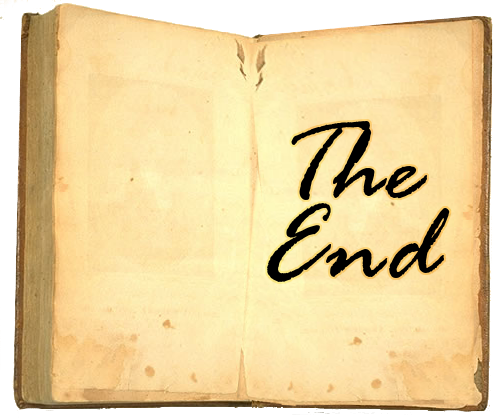We’ve all had one. And in some situations, if not many, we aren’t the source of their anger. It’s frustrating. We can feel even more powerless when it seems obvious what needs to be done to assuage their angry feelings, but we don’t seem to have the authority to do it.
How to deal with an angry customer in that situation? Here are a few tips to get you started:
- First, use your empathy. Put yourself in their shoes and consider what might make you feel better.
- Ask yourself, is their concern legitimate?
- Next, think about the people who do have the authority to do something, and get creative. What might you do or say that will get them to open their minds?
- Apologize to the angry customer. Even if you feel like it isn’t your fault. Acknowledge that they have a right to their anger.
- Take responsibility. Let them know you will do everything you can to assist.
- Set boundaries. State clearly that you are going to be respectful during your conversation, and you are sure they will do likewise (even if you’re not so sure).
- Commit to listening. No matter how angry the customer seems in their delivery, hear their words.
- Answer customer anger with questions. Find out more. Why is that? And then what happened? What was the impact on you? How can you help?
- Do or say something that is within your power, that will move the situation forward, even if it is just a little.
- Keep working to change the policy that prevents you from solving the problem.
Lastly, remind yourself of this: not every problem can be solved today. Solutions will reveal themselves in their own good time. And as long as you have done everything in your power to make it better, be satisfied that you made the effort.
I’m Megann Willson, and I’m one of the Partners here at PANOPTIKA. We work with our clients to help them engage their customers (even angry customers), and to see everything they need to know to make better decisions and grow their careers or their businesses. You can also find us on Twitter, on Facebook, or on LinkedIn. And weekly, we share some more insights in our News you Can Use. Get it Below.










